Brighten Your Kitchen with Perfect Lighting
Kitchen lighting is often overlooked when it comes to designing and renovating a kitchen, but it plays a crucial role in the overall functionality and ambiance of the space. Proper lighting can make tasks easier and safer, prevent eye strain, and create a cozy and inviting atmosphere. In this article, we will explore the importance of adequate kitchen lighting, how to choose the right light fixtures for your kitchen, maximizing natural light, creating a cozy ambiance, the benefits of dimmer switches, updating your kitchen lighting on a budget, properly illuminating your countertops, incorporating under cabinet lighting, the role of color temperature in kitchen lighting design, and creating a statement with unique lighting fixtures.
The Importance of Adequate Kitchen Lighting
The kitchen is a multifunctional space where various tasks are performed, such as cooking, cleaning, and meal preparation. Proper lighting is essential to make these tasks easier and safer. For example, task lighting is crucial for food preparation areas such as the countertop and stove. Bright and focused lighting can help you see what you’re doing and prevent accidents like cutting yourself or burning food.
In addition to task lighting, having enough overall light in the kitchen is important to prevent eye strain. Inadequate lighting can cause discomfort and make it difficult to see clearly. It can also lead to accidents as you may not be able to see potential hazards like spills or sharp objects on the floor. Therefore, it is important to ensure that your kitchen has adequate lighting to create a safe and comfortable environment.
Choosing the Right Light Fixtures for Your Kitchen
When it comes to choosing light fixtures for your kitchen, there are several options available. The most common types of light fixtures include recessed lights, pendant lights, chandeliers, track lights, and under cabinet lights. Each type has its own pros and cons.
Recessed lights are a popular choice for kitchens as they provide even and general lighting. They are installed into the ceiling and can be adjusted to direct light where it is needed. Pendant lights are another popular option, especially for kitchen islands or dining areas. They hang from the ceiling and provide focused lighting. Chandeliers can add a touch of elegance and style to your kitchen, but they may not provide enough light for task areas. Track lights are versatile and can be adjusted to direct light where it is needed. They are often used in modern kitchens. Under cabinet lights are great for providing task lighting on countertops and can also add visual interest to your kitchen.
When choosing the right fixture for your kitchen, consider the size of your space, the style of your kitchen, and the functionality you need. For example, if you have a small kitchen, recessed lights or track lights may be a better choice as they take up less space. If you have a large kitchen with high ceilings, a chandelier or pendant lights can add drama and style. It is also important to consider the type of lighting you need. For example, if you do a lot of cooking and food preparation, task lighting is essential.
Maximizing Natural Light in Your Kitchen
Natural light is not only beneficial for our health and well-being but also plays a significant role in kitchen design. It can make a space feel brighter, more spacious, and more inviting. There are several ways to maximize natural light in your kitchen.
One way is to add windows or skylights. Windows can bring in natural light and provide views of the outdoors. If possible, consider adding larger windows or even floor-to-ceiling windows to maximize natural light. Skylights are another great option as they bring in natural light from above and can make a small kitchen feel more open and airy.
Another way to maximize natural light is by using light-colored finishes in your kitchen. Light-colored walls, cabinets, and countertops can reflect natural light and make the space feel brighter. Avoid using dark colors as they can absorb light and make the space feel smaller and darker.
How to Create a Cozy Ambiance with Kitchen Lighting
In addition to providing adequate lighting for tasks, kitchen lighting can also create a cozy and inviting atmosphere. The right lighting can set the mood and make your kitchen a more enjoyable space to be in.
One way to create a cozy ambiance is by using warm-colored bulbs. Warm-colored bulbs emit a soft and warm light that can make the space feel more inviting. You can choose bulbs with a color temperature of around 2700K to 3000K for a warm and cozy glow.
Another way to create a cozy ambiance is by adding dimmer switches to your kitchen lighting. Dimmer switches allow you to adjust the brightness of your lights, giving you more control over the mood and atmosphere of your kitchen. You can dim the lights for a romantic dinner or increase the brightness for cooking and cleaning.
The Benefits of Dimmer Switches in the Kitchen

Dimmer switches offer several benefits in the kitchen. Firstly, they can help save energy. By dimming the lights, you can reduce energy consumption and lower your electricity bills. Secondly, dimmer switches provide more versatility in your lighting scheme. You can adjust the brightness according to your needs, whether it’s task lighting for cooking or ambient lighting for entertaining guests. Lastly, dimmer switches can extend the lifespan of your light bulbs. By reducing the brightness, you can reduce the heat emitted by the bulbs, which can help them last longer.
To use dimmer switches effectively in the kitchen, consider installing them in areas where you need more control over the lighting, such as above the dining table or kitchen island. It is also important to choose dimmable light fixtures and bulbs that are compatible with dimmer switches.
Updating Your Kitchen Lighting on a Budget
Updating your kitchen lighting doesn’t have to break the bank. There are several ways to update your lighting on a budget.
One cost-effective option is to switch to LED bulbs. LED bulbs are energy-efficient, long-lasting, and come in a variety of color temperatures. They may be more expensive upfront, but they can save you money in the long run due to their energy efficiency and long lifespan.
Another budget-friendly option is to repurpose existing fixtures. Instead of buying new light fixtures, consider giving your current fixtures a fresh coat of paint or replacing the shades. This can give them a new look without spending a lot of money.
You can also consider DIY projects to create unique and affordable lighting fixtures. For example, you can make pendant lights using mason jars or repurpose old wine bottles into hanging lights. These DIY projects can add a personal touch to your kitchen and save you money at the same time.
Tips for Properly Illuminating Your Kitchen Countertops
Proper lighting for kitchen countertops is essential for tasks such as food preparation and cooking. Insufficient lighting can make it difficult to see what you’re doing and increase the risk of accidents.
One way to properly illuminate your countertops is by using task lighting. Task lighting provides focused and bright light directly onto the countertop surface. Under cabinet lights are a popular choice for task lighting as they can be installed directly underneath the cabinets, providing direct light onto the countertop.
It is also important to avoid shadows on your countertops. Shadows can make it difficult to see and work on the surface. To avoid shadows, make sure that your task lighting is positioned in front of you and not behind you. This will ensure that the light is directed onto the countertop without casting shadows.
Incorporating Under Cabinet Lighting for Added Functionality
Under cabinet lighting is a great addition to any kitchen as it provides task lighting for countertops and adds visual interest to the space. It can make it easier to see what you’re doing and prevent accidents.
There are several options for under cabinet lighting, including LED strip lights, puck lights, and linear lights. LED strip lights are a popular choice as they are easy to install and provide even and bright light. Puck lights are small and round, and they can be installed individually or in a series. Linear lights are long and narrow, and they can be installed underneath the cabinets for a sleek and modern look.
When incorporating under cabinet lighting, consider the color temperature of the lights. Warm-colored lights can create a cozy ambiance, while cool-colored lights can provide a more modern and bright look. Choose the color temperature that suits your kitchen style and desired mood.
The Role of Color Temperature in Kitchen Lighting Design
Color temperature plays a significant role in kitchen lighting design as it can affect the mood and functionality of the space. Color temperature is measured in Kelvin (K) and refers to the color appearance of the light source.
Warm-colored light bulbs have a lower color temperature, typically around 2700K to 3000K. They emit a soft and warm light that can create a cozy and inviting atmosphere. Warm-colored bulbs are often used in dining areas or for ambient lighting.
Cool-colored light bulbs have a higher color temperature, typically around 4000K to 5000K. They emit a bright and cool light that can make the space feel more energetic and modern. Cool-colored bulbs are often used in task areas such as the countertop or stove.
When choosing the right color temperature for your kitchen, consider the style of your kitchen and the mood you want to create. Warm-colored bulbs are great for creating a cozy atmosphere, while cool-colored bulbs are ideal for providing bright task lighting.
Creating a Statement with Unique Kitchen Lighting Fixtures
Using unique lighting fixtures in your kitchen can add visual interest, create a focal point, and make a statement. Unique lighting fixtures can be a conversation starter and can add personality to your kitchen.
There are several ways to incorporate unique lighting fixtures in your kitchen. One option is to choose fixtures with interesting shapes or designs. For example, you can choose pendant lights with unique shades or chandeliers with intricate details. Another option is to choose fixtures made from unconventional materials. For example, you can choose fixtures made from recycled materials or fixtures with unusual textures.
When choosing and incorporating unique lighting fixtures, consider the style of your kitchen and the overall design scheme. Make sure that the fixtures complement the other elements in your kitchen and create a cohesive look.
In conclusion, kitchen lighting is an important aspect of kitchen design that should not be overlooked. Adequate lighting can make tasks easier and safer, prevent eye strain, and create a cozy and inviting atmosphere. When choosing light fixtures for your kitchen, consider the size, style, and functionality of your space. Maximize natural light by adding windows or skylights and using light-colored finishes. Create a cozy ambiance with warm-colored bulbs and dimmer switches. Incorporate under cabinet lighting for added functionality and consider the role of color temperature in your lighting design. Finally, don’t be afraid to make a statement with unique lighting fixtures. By following these tips, you can achieve a functional and inviting lighting scheme in your kitchen.
You may also like
Written by Kyle
Hot Posts
- 10 Stunning Bedroom Design Ideas to Transform Your Sleep Space
- 5Funky Kitchen Gadgets to Keep Your Home Cooking Delicious
- A Home Garden For All Seasons
- Add Warmth and Style to Your Home with a Wooden Pendant Lamp
- Adding Drama to Your Decor With a Pendant XL Light
- Adorable Table Lamp for Kids’ Room
- Affordable Solar Garden Lights: A Smart Purchase
- Antique Table Lamps & Lighting at Auction
Category Guide
Schedule
- April 2025
- March 2025
- February 2025
- January 2025
- December 2024
- November 2024
- October 2024
- September 2024
- August 2024
- July 2024
- June 2024
- May 2024
- April 2024
- March 2024
- February 2024
- January 2024
- December 2023
- August 2023
- July 2023
- June 2023
- May 2023
- April 2023
- March 2023
- February 2023
- December 2022
- November 2022
- October 2022
- September 2022
- July 2022
- March 2021
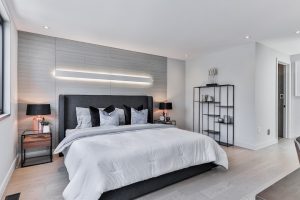

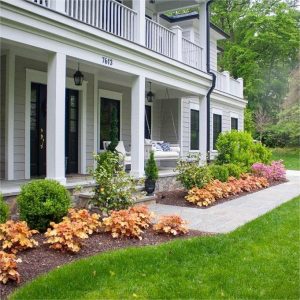
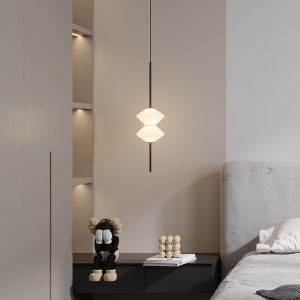

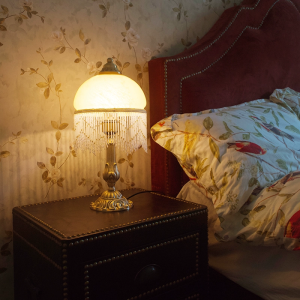
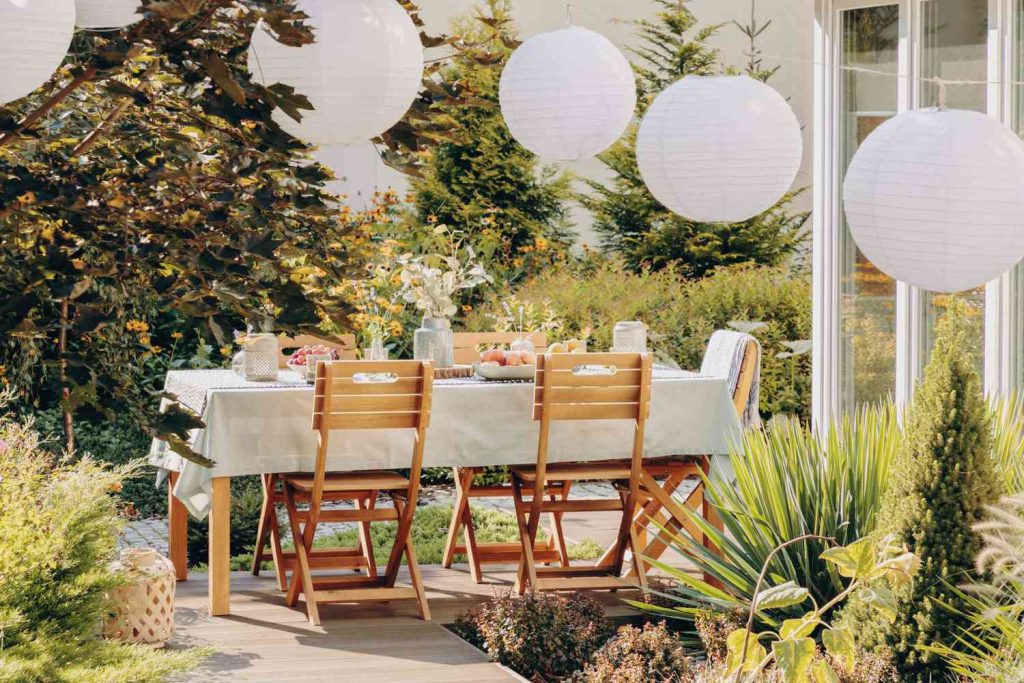

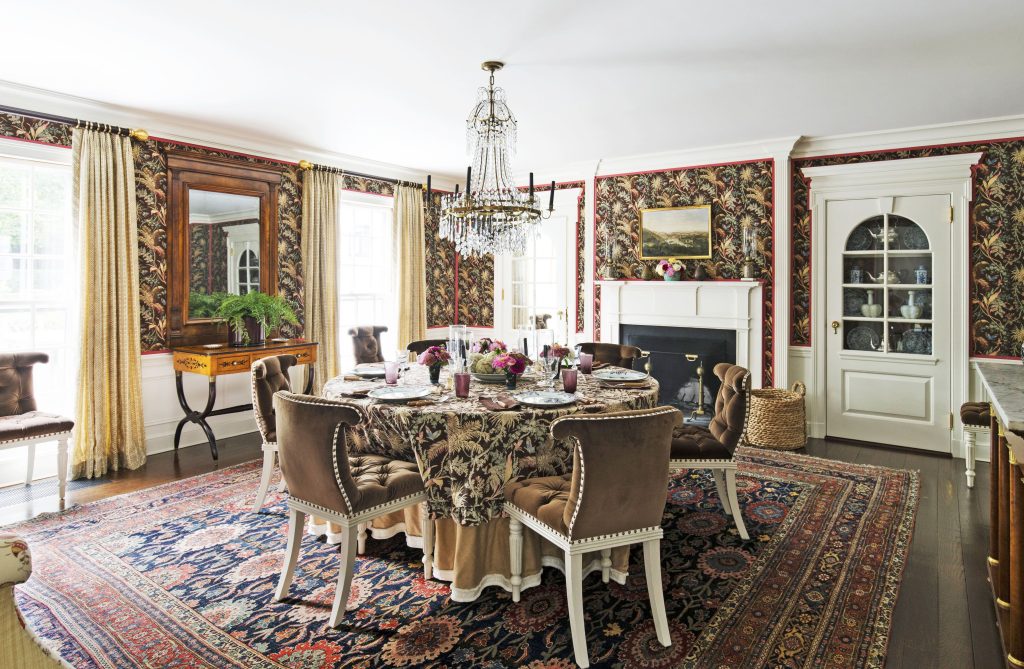


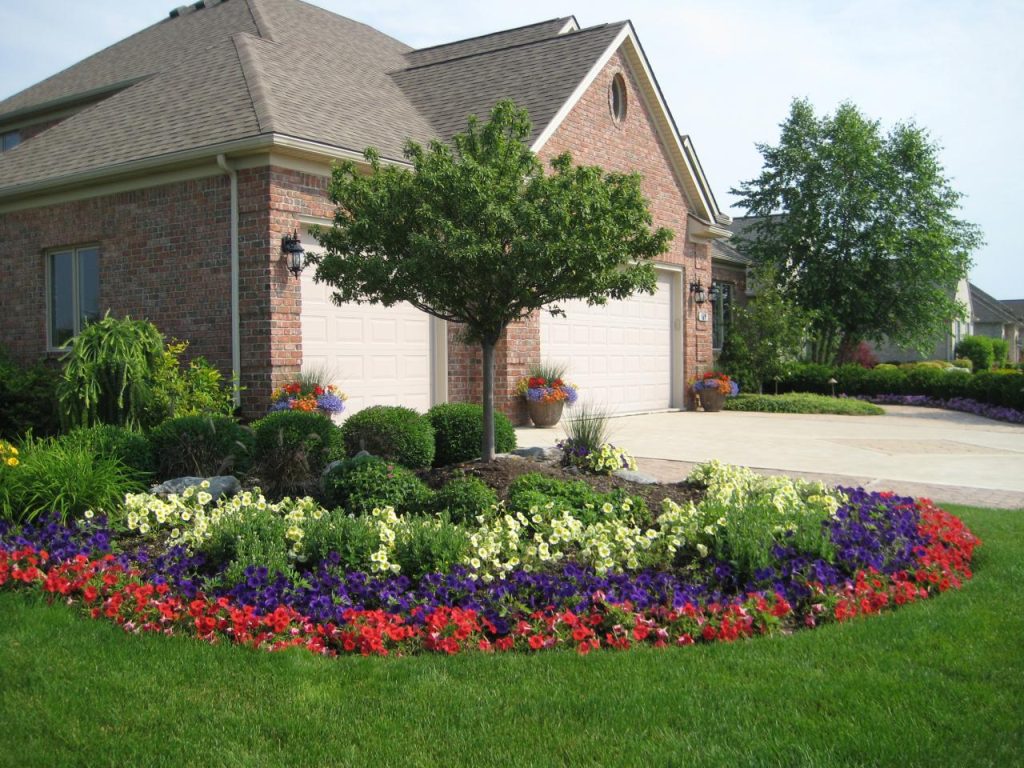
Leave a Reply